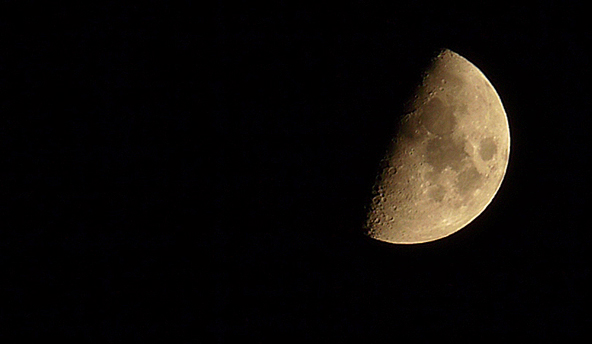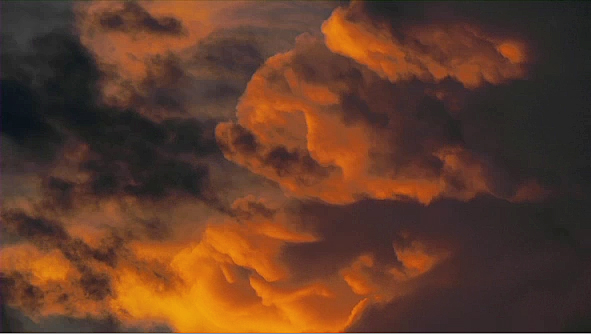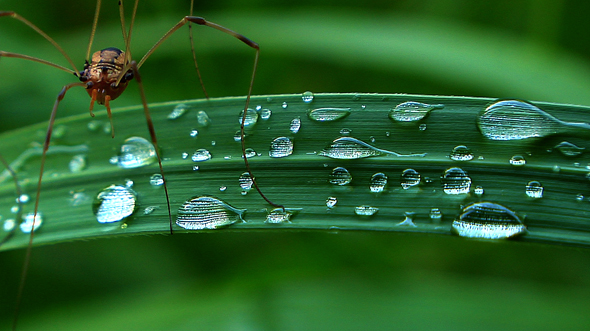There’s a project I’ve been wanting to do for over a year now. But in order to do it right I really needed another HD camera. I suppose I could have used one of my SD cameras but if I was going to do it right, I should go ahead and invest in another HD camera.
So after a lot of research and talking to people I finally bit the bullet and ordered another camera.
The thing about this camera is that it’s tiny. Tiny enough that no one would pay me much if any attention. It seems now days, that’s becoming more and more important.
The other reason I wanted a small camera is if I have to bring two complete camera systems into the field, I need something that’s not going to weigh a ton and be able to fit in the bags I currently own along with my other HD camera.
This one fits the bill on both of those.
The scary thing is that this little dynamo is capable of create better footage than my big camera. The downside is that it lacks a lot of the tools my other camera has to allow me to take some fantastic footage.
So it’s another learning curve to figure out what works and what doesn’t. Tweak a setting here, adjust a little there.
But I think it’s all going to be worth it. I feel I have the right tool to start on my project which I think is going to allow me to pursue a life of filmmaking.
Just a few more tweaks and I think I’m good to go.
All the images on this page are grabs from the new camera. Below is some footage I shot today at one of my favorite local haunts, Indian Creek Nature Center. Another Proof of Concept video to see if the camera could in fact do what I needed it to do.
So what’s this big project that required a second camera? All I can say is stay tuned, I’m working on it!
[flv:http://www.silverphoenixllc.com/phoenixblog/movies/Prairie_GH1.flv 592 331]








How Fire Shaped the Tallgrass Prairies of America’s Heartland
Tallgrass prairie fires were once a common occurrence, and had a considerable impact on nature and wildlife. Such fires were typically the result of lightning strikes that occurred during the frequent thunderstorms experienced by the region. Because of the area’s dry conditions, high winds, and absence of obstructions, fires would spread quickly and could travel quite far. This prevented the growth of woody vegetation such as trees, which resulted in the grass-filled ecosystems that are now seen throughout the prairie states.
Prior to European settlers entering the region, indigenous Native American tribes often started fires as way to manage wildlife. Such fires were a tool to drive bison toward more convenient hunting ground, and the renewed growth that took place after the fire appealed to bison herds, and helped to predict their movement.
The tallgrass prairie is a severely endangered ecosystem. Although much of this danger is the result of habitat loss due to development and farming, the decrease in natural fires has had a considerable impact the on undeveloped prairie tracts. Woody vegetation and invasive plants are no longer restrained by fire and are starting to invade these ecosystems. The dead plant waste layers are allowed to accumulate, impacting the growth of various grasses. This will ultimately change the very roots of the Tallgrass Prairie Ecosystem.
Due to the aforementioned considerations, wildlife management agencies are developing a strategy of controlled fires to help the prairie ecosystems survive in the most natural way possible. This is typically accomplished by carefully selecting a day during the most suitable time of year, and creating a controlled burn. Firefighters are present to ensure the fire does not burn out of control. This is an effective and safe avenue through which these natural areas can be restored to their original state.
While common sense dictates that fires are destructive and dangerous, it is essential to understand that they are vital to the maintenance of prairie ecosystems. With carefully managed burns, renewed growth can be encouraged by wildlife management agencies, and our prairies can be restored to their natural condition.